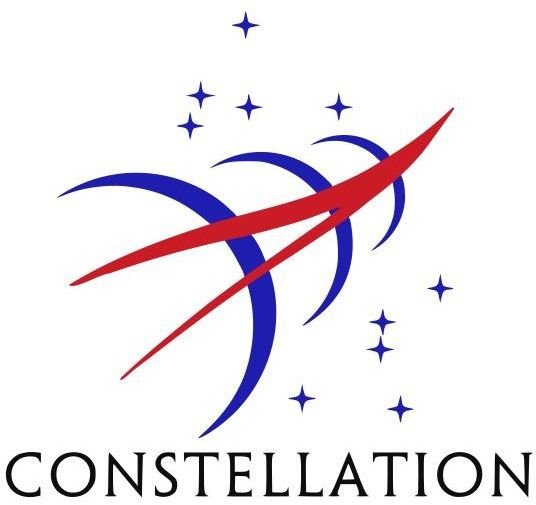Shuttle to Ares/Orion Transition
The National Aeronautics and Space Administration’s Project Constellation has been in and out of the news on a regular basis since it was first announced in 2004, more so recently due to technical difficulties and schedule slips. Despite the reliance on existing technologies such as the Shuttle’s External Tank and Solid Rocket Boosters, the RS-68 rocket engine employed on the Air Force’s Delta IV, and the J-2 rocket motor of Saturn V fame, development of the Ares I booster has encountered one problem after another. Such problems would be enough of a challenge to cope with under ideal circumstances, but the situation is far from ideal - indeed, the future of American spaceflight could hinge on the result.
Currently, the Space Shuttle (or Space Transportation System - STS) is responsible for servicing the International Space Station until its retirement in 2010, almost thirty years after its first flight. The original plans for Constellation called for the first operational flight of the Ares I rocket to occur in 2014, a gap of four years. During this time, the ISS crews would have to be supported by the Russian Soyuz; while this did not seem to be a problem in better times, current relations between the United States and Russia have led to concerns about being able to maintain ISS access during this gap. Such a gap also creates problems for one of the primary political motivators of the Ares design as it stands - the maintenance of as much of the Shuttle infrastructure (human and equipment) as possible. The longer that gap becomes, the more unrealistic that expectation becomes. Recently, NASA announced a slip in the Ares schedule to 2015, an announcement that caused enough of a stir to justify serious investigation of the option of extending the Shuttle’s service into 2011 or 2012.
Cost is also a factor in the transition. A not inconsiderable amount of Project Constellation’s funding comes from the retirement of the Shuttle; when you consider that each Shuttle mission costs approximately $400 million, two extra years’ worth of Shuttle flights at a maximum rate of about 6 per year would add over $5 billion in costs to the program, most likely adversely impacting the schedule for Ares I and V, as well. The costs for the Ares I booster alone increased from $1 billion in FY ‘08 to $2 billion by FY ‘11. It is hard to see how, in this environment, both Shuttle and Constellation could continue without considerable budget cuts, and the existence of alternative proposals such as DIRECT and the use of existing launch vehicles increases the pressure to perform.
While American manned spaceflight will certainly continue, the exact pathway to the next generation seems uncertain.
